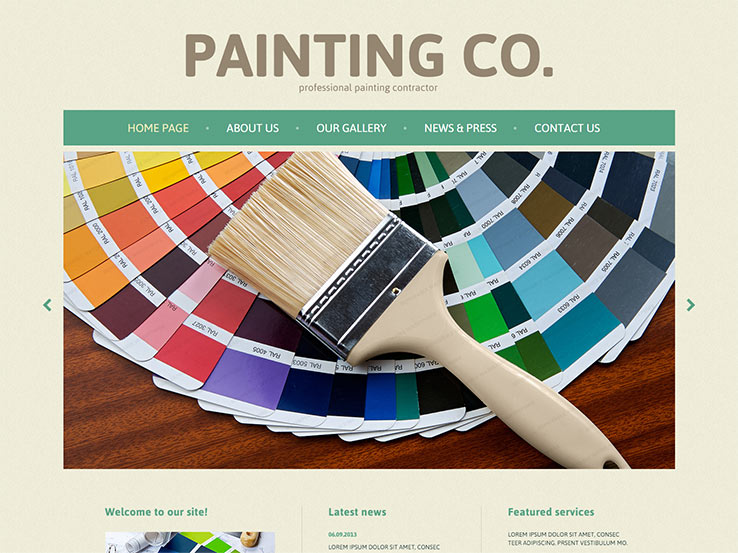Figure Out Exactly How Seasonal Elements Influence Commercial Exterior Painting Success And Uncover The Most Effective Times To Ensure Enduring Results For Your Task
Figure Out Exactly How Seasonal Elements Influence Commercial Exterior Painting Success And Uncover The Most Effective Times To Ensure Enduring Results For Your Task
Blog Article
Web Content By-Leach Skafte
When you're preparing an industrial external paint task, seasonal variables can make or damage your results. You'll want to take into consideration just how temperature and humidity impact paint application and drying times. Selecting the ideal period can ensure your paint sticks correctly and lasts longer. However which periods are truly the most effective for this type of job? Let's explore the crucial elements that can affect your project's success.
The Influence of Temperature on Paint Application
When you're intending a commercial external painting project, the temperature level can substantially impact how well the paint adheres and dries.
Ideally, you want to repaint when temperatures range between 50 ° F and 85 ° F. If it's also cold, the paint might not cure correctly, resulting in issues like peeling off or splitting.
On the other hand, if it's also warm, the paint can dry out too swiftly, preventing proper bond and causing an uneven finish.
You should also take into consideration the moment of day; early morning or late afternoon provides cooler temperature levels, which can be more desirable.
Constantly check the producer's recommendations for the specific paint you're using, as they frequently provide assistance on the suitable temperature range for optimum results.
Moisture and Its Result on Drying Times
Temperature isn't the only ecological aspect that affects your industrial exterior paint task; moisture plays a substantial duty as well. High moisture degrees can reduce drying times drastically, influencing the general top quality of your paint task.
When the air is saturated with dampness, the paint takes longer to heal, which can result in issues like poor attachment and a greater threat of mold growth. If you're repainting on a specifically humid day, be planned for extensive wait times between layers.
It's vital to keep an eye on local climate condition and strategy appropriately. Preferably, go for humidity levels in between 40% and 70% for optimal drying.
Keeping these factors in mind ensures your project remains on track and supplies a long lasting coating.
Best Seasons for Commercial Outside Painting Projects
What's the best season for your industrial exterior paint projects?
Springtime and early autumn are normally your best bets. Throughout these seasons, temperatures are light, and humidity levels are often lower, producing optimal conditions for paint application and drying out.
Avoid summertime's intense heat, which can create paint to dry as well swiftly, causing poor bond and surface. In a similar way, winter months's cold temperatures can prevent appropriate drying and treating, running the risk of the long life of your paint work.
Go for days with temperatures between 50 ° F and 85 ° F for optimum outcomes. Keep in mind to check the local weather forecast for rain, as damp conditions can spoil your task.
Preparation around these aspects ensures your painting job runs smoothly and lasts much longer.
Final thought
To conclude, preparing your business exterior painting jobs around seasonal factors to consider can make a substantial difference in the end result. By organizing https://indoorpaintersnearme66543.blogolenta.com/31277363/discover-the-extraordinary-capabilities-of-house-painters-and-learn-how-they-can-raise-your-home-right-into-a-stunning-work-of-art-via-their-creative-skills during the suitable temperature levels and humidity levels, you'll make certain far better adhesion and drying times. Bear in mind to keep an eye on neighborhood weather prediction and select the correct time of year-- spring and early loss are your best options. Taking these actions will certainly aid you attain a durable and specialist surface that lasts.
